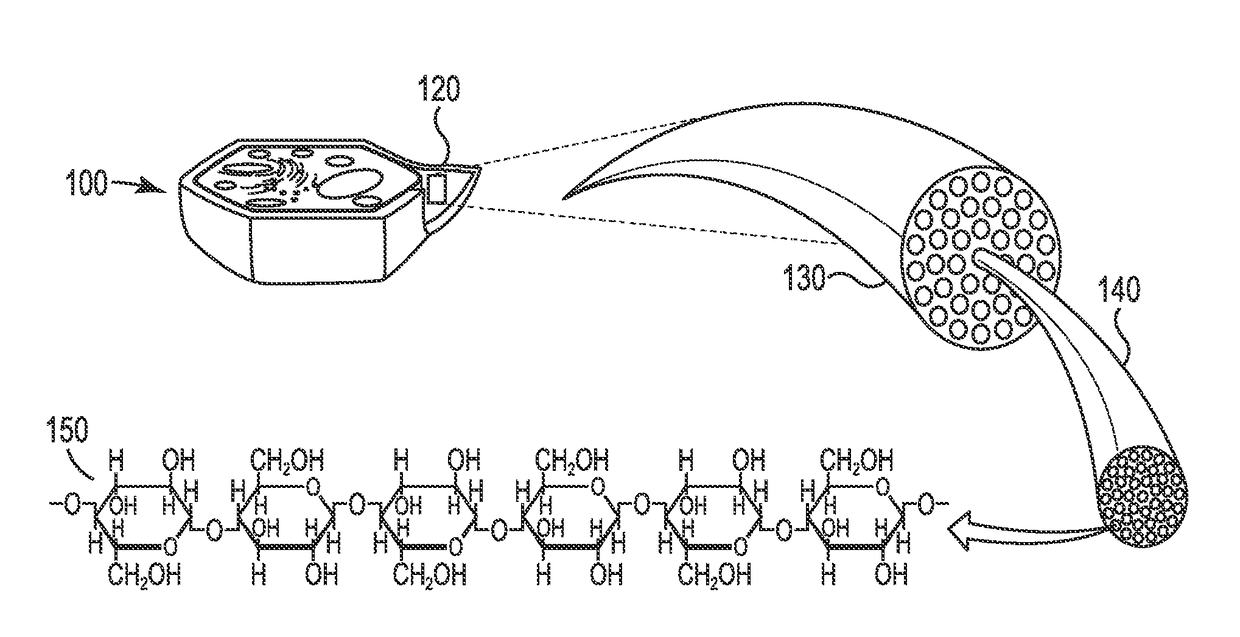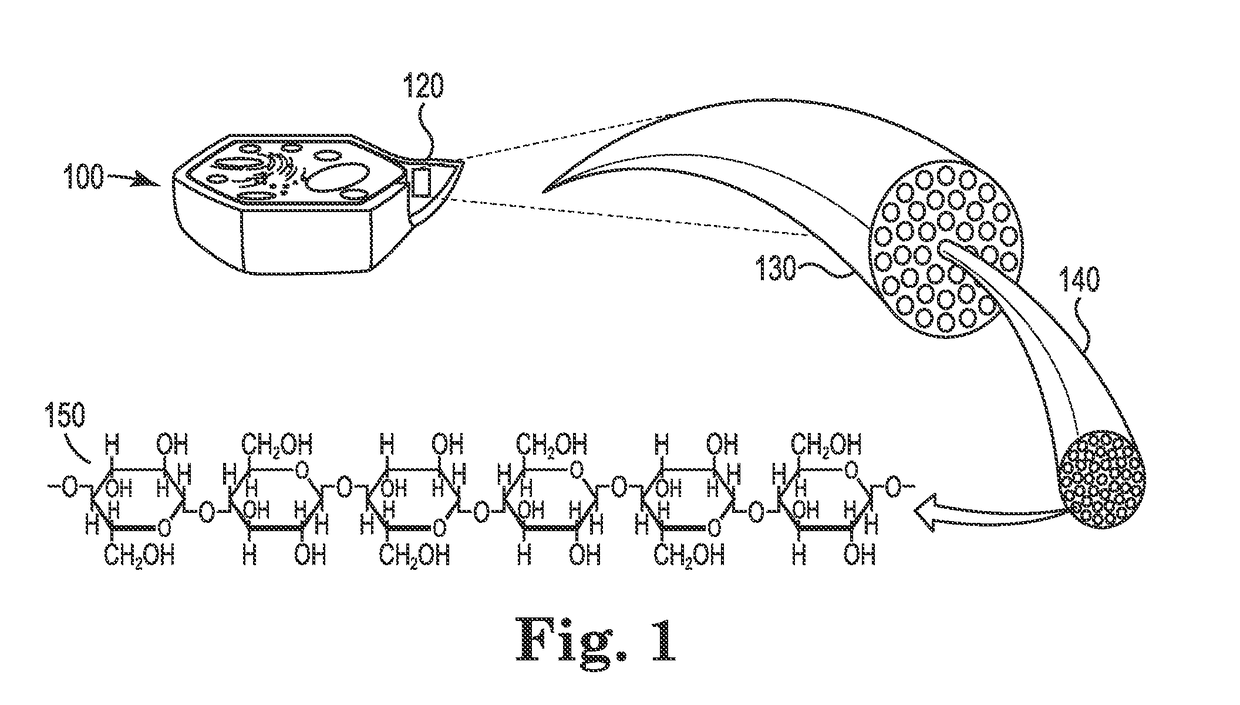System for co-firing cleaned coal and beneficiated organic-carbon-containing feedstock in a coal combustion apparatus
a coal combustion apparatus and co-firing technology, which is applied in the direction of combustion types, lighting and heating apparatuses, combustion using lumps and pulverizing fuel, etc., can solve the problems of natural gas, coal, and increasing the cost of fuel obtained from crude oil,
- Summary
- Abstract
- Description
- Claims
- Application Information
AI Technical Summary
Benefits of technology
Problems solved by technology
Method used
Image
Examples
Embodiment Construction
[0063]Embodiments of the present are directed to a co-firing system for combusting coal in a coal combusting apparatus with less adverse by-products comprising a first chamber, a second chamber, and a processed biochar system. The first chamber of the coal combusting apparatus is configured to pulverize cleaned coal and feed it into the coal combusting apparatus in a first concentration of feedstock. The cleaned coal comprises a processed biomass / cleaned coal blended compact aggregate that comprises at least 10 wt % of a coal having a sulfur content of at least 50 wt % less than that of the content of sulfur in the coal before it passed through a coal cleaning sub-system system and at least 10 wt % of a processed biomass from a processed biomass system. The second chamber of the coal combusting apparatus is configured to pulverize processed biomass pellets from a processed biomass system and feed it into the coal combusting apparatus in a second concentration of feedstock with the r...
PUM
| Property | Measurement | Unit |
|---|---|---|
| weight ratio | aaaaa | aaaaa |
| weight ratio | aaaaa | aaaaa |
| weight ratio | aaaaa | aaaaa |
Abstract
Description
Claims
Application Information
 Login to View More
Login to View More - R&D
- Intellectual Property
- Life Sciences
- Materials
- Tech Scout
- Unparalleled Data Quality
- Higher Quality Content
- 60% Fewer Hallucinations
Browse by: Latest US Patents, China's latest patents, Technical Efficacy Thesaurus, Application Domain, Technology Topic, Popular Technical Reports.
© 2025 PatSnap. All rights reserved.Legal|Privacy policy|Modern Slavery Act Transparency Statement|Sitemap|About US| Contact US: help@patsnap.com



